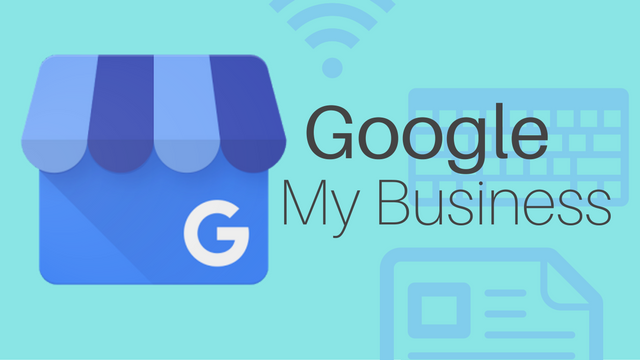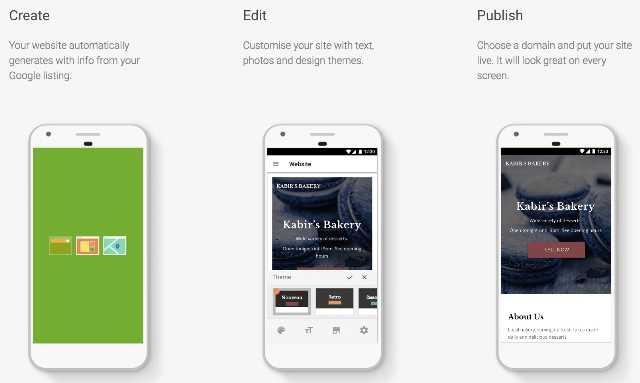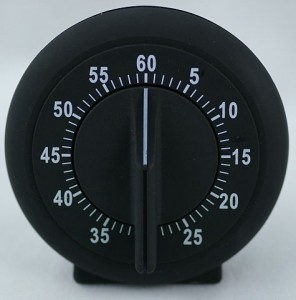A new survey of US consumers has some surprising findings about what customers expect out of business websites.
The results from 1,013 respondents between the ages of 18-60 show that consumers have high expectations when it comes to how frequently your website is updated, what features are implemented, and how you are advertising your business online.
What Consumers DON’T Want in a Website
Of the respondents, more than 80% say they view a brand more negatively if their website is out of date. Additionally, 39% of consumers say they would reconsider buying a product or service if the website isn’t current.
The issue of advertising is also a prickly subject for consumers, based on the survey results.
Less than 10% approved of brands showing ads on social media based on a person’s browsing activity. Meanwhile, approximately 26% feel negatively about ads appearing on their social media feeds based on their browsing or device history – saying it is an invasion of privacy.
On the other hand, 41% of consumers say they don’t mind if websites keep personal data, but only if it is secured on used exclusively to improve the user experience.
Overall, consumers are largely conflicted. Approximately 50% of respondents say that they like the convenience of brands keeping data for to improve ads and user experience, but they are concerned about how else it might be used.
What Consumers DO Want in a Website
In general, consumers say ease of use should be the top priority in making their online experience better.
Approximately 50% of the respondents said they prefer user-created content like reviews and photos to help inform their purchasing decision.
Meanwhile, 25% say their favorite website feature is receiving a reminder when they have left a product in their shopping cart.
Perhaps surprisingly, a major feature desired by users is an on-site search engine. Nearly one-third of respondents say they are put-off if a site does not have a search box, while more than 40% say a search box is the most important feature on a site.
The survey includes a number of interesting findings about consumer behavior and desires online covering a wide range of topics. You can read all the details from Blue Fountain Media here.








